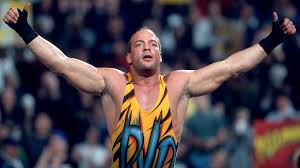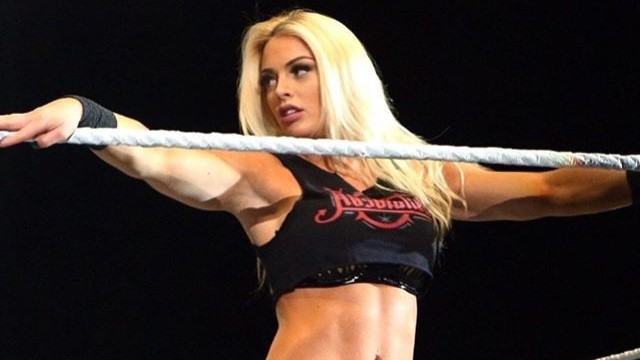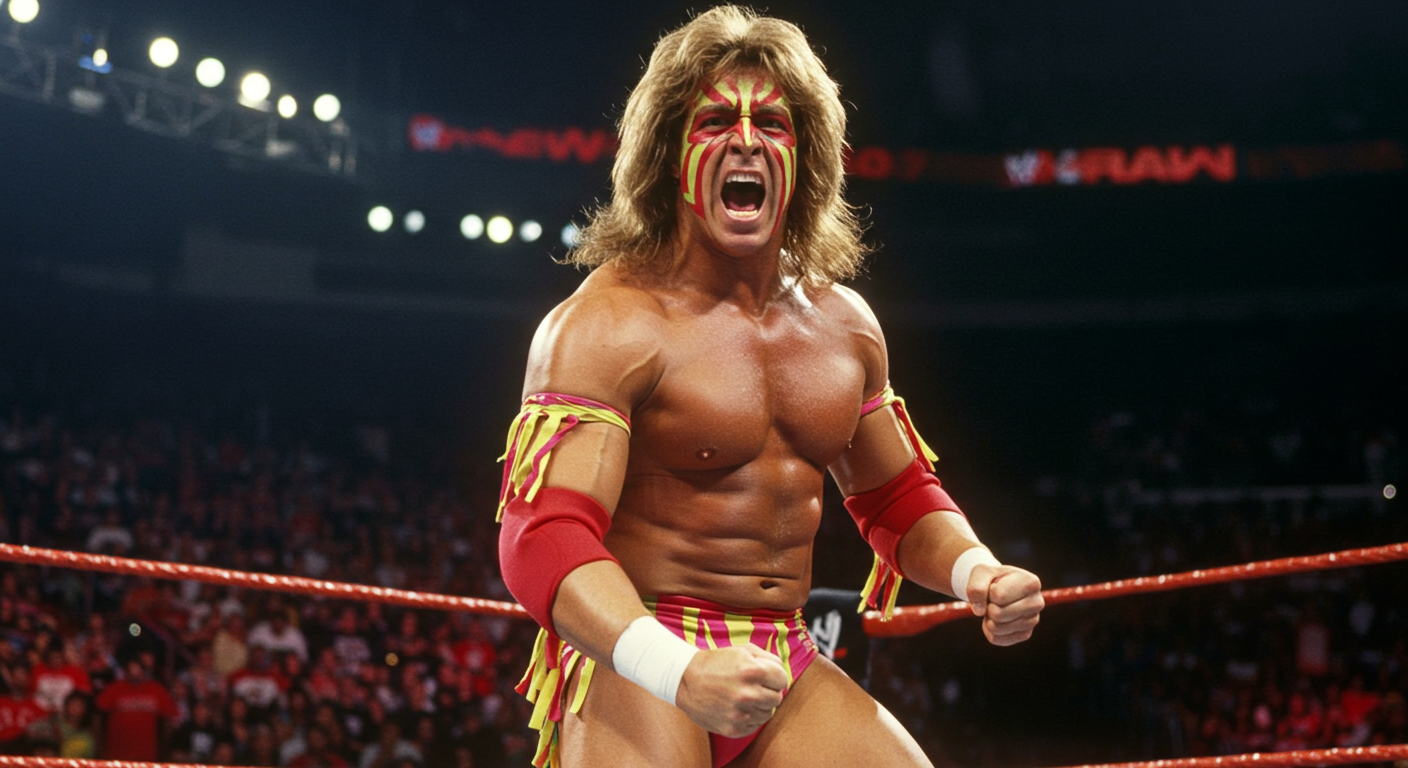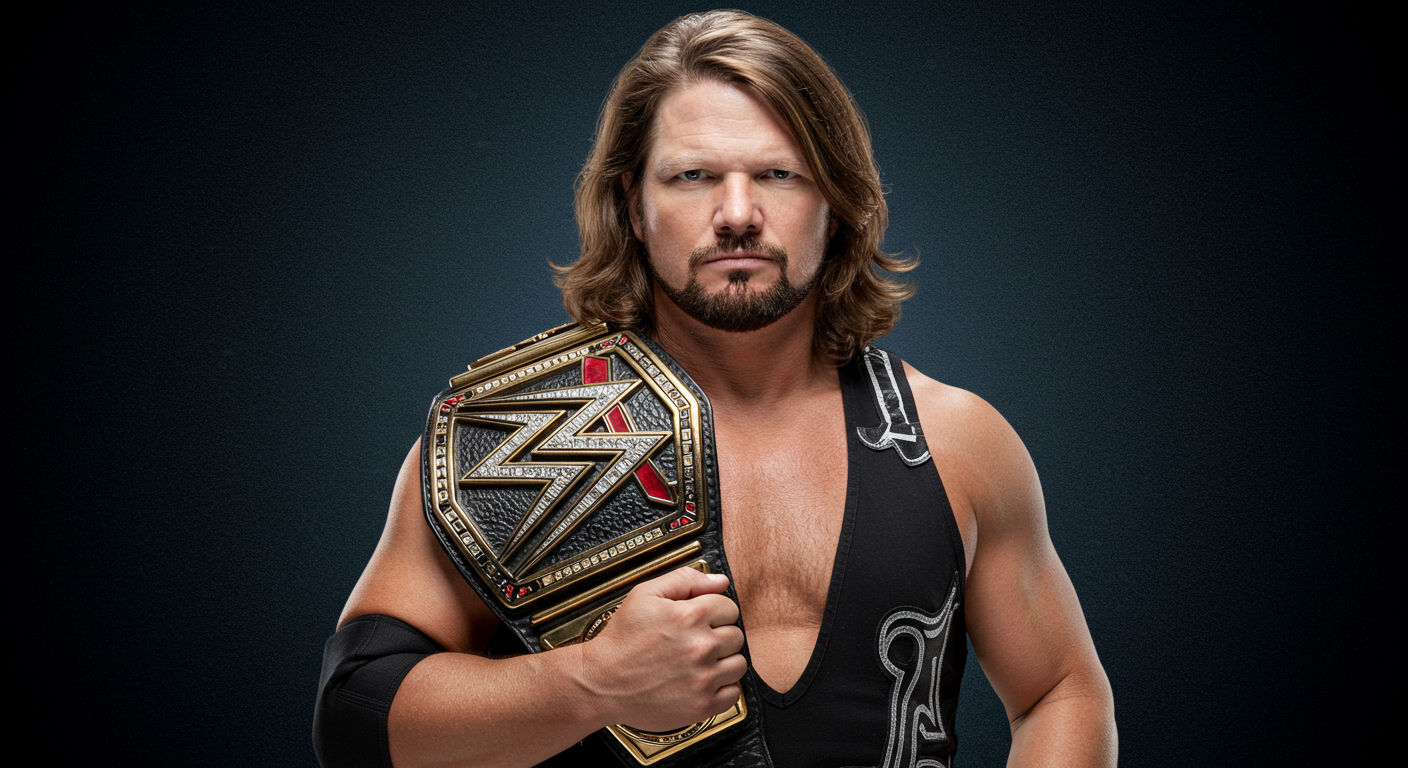See Resume of “Owen Hart” WWE Superstar, Discover the thrilling world of WWE Superstars! Explore profiles, match highlights, and exclusive insights into your favorite wrestling icons.
The King of Harts: Deconstructing the All-Too-Short, Perfect Resume of Owen Hart
In the grand library of professional wrestling history, some resumes read like epic novels, filled with dozens of world championships and decades of dominance. Then there are resumes that are more like a perfectly crafted, poignant novella—a story so brilliant and impactful in its abbreviated form that its influence resonates for generations. The resume of Owen Hart belongs firmly in the latter category. It is a document of technical perfection, unparalleled character work, and a legacy that is as celebrated for its excellence as it is mourned for its tragic brevity.
For over a decade, Owen Hart was one of the most gifted, versatile, and respected performers in the world. He was the youngest son of a wrestling dynasty, a prodigy from the famed Hart Dungeon who could seamlessly blend breathtaking high-flying with masterful mat wrestling. He was “The Rocket,” “The King of Harts,” “The Blackhart,” and “The Slammy Award-winning Superstar.” He could make you gasp in awe at his athleticism, loathe him with a passion as a jealous villain, and laugh out loud as a comedic buffoon. To analyze the resume of Owen Hart is to study a masterclass in the art of professional wrestling, a career that, while tragically cut short, was complete, flawless, and left an indelible mark on the industry he loved.
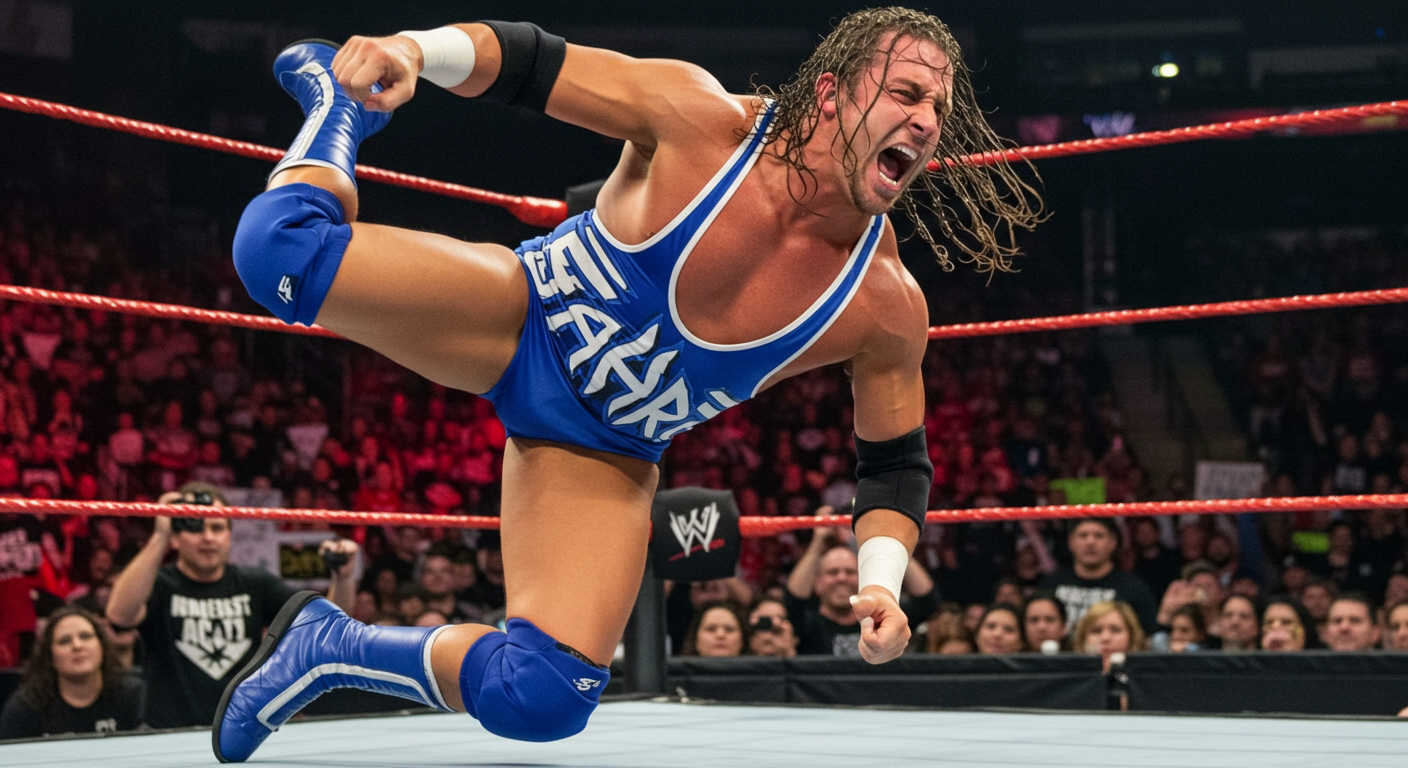
Act I: The Dungeon Prodigy and The Blue Blazer
Being the youngest of twelve children in the Hart family meant that wrestling was not just a career choice; it was a birthright. Trained in the unforgiving basement of his family home—the legendary “Dungeon”—by his father, Stu Hart, Owen developed a flawless foundation of technical, submission-style wrestling. But unlike many of his family members, he also possessed a rare and spectacular aerial ability.
- Stampede Wrestling and Japan: Owen honed his craft in his father’s Stampede Wrestling promotion in Calgary and on grueling tours of Japan. It was here that he developed the high-flying style that would first get him noticed, becoming one of the first North American wrestlers to popularize a fast-paced, athletic style borrowed from Japanese juniors. His matches against the likes of Keiichi Yamada (the future Jushin “Thunder” Liger) were years ahead of their time.
- The Original Blue Blazer: In 1988, Owen Hart first arrived in the World Wrestling Federation. With his smaller stature and incredible athleticism, he was given the masked persona of The Blue Blazer. As a babyface, he dazzled audiences with his speed and high-flying moves, like his signature missile dropkick and moonsaults. While the character was primarily a mid-card attraction, it showcased his immense in-ring potential on a global stage. This initial run was brief, but it laid the groundwork for the superstar he would become.
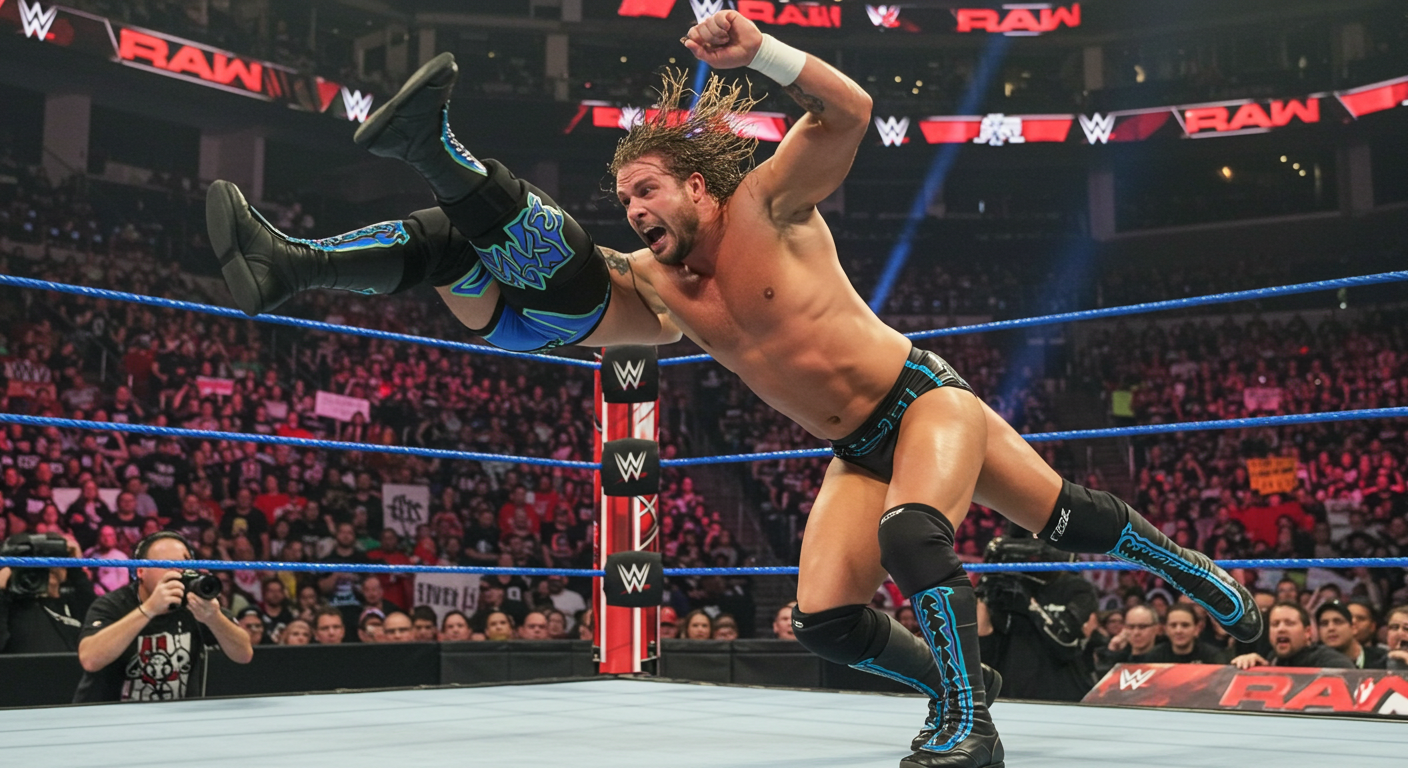
Act II: The King of Harts – A Heel Turn for the Ages
After leaving the WWF to spend more time with his family and tour the world, Owen returned in 1991. For a few years, he competed both as himself and again as The Blue Blazer, primarily in the tag team division. But it was in late 1993 that the seeds were planted for the most important and defining chapter of his career. After a miscommunication during a tag team match at Survivor Series, Owen turned on his older, more famous brother, the reigning WWF Champion, Bret “The Hitman” Hart.
This storyline set the stage for one of the greatest heel turns and rivalries of the 1990s.
- WrestleMania X – The Upset: In the opening match of WrestleMania X, Owen Hart faced Bret in a technical masterpiece. In a stunning, clean-as-a-whistle victory, Owen pinned his brother. Later that same night, Bret would go on to win the WWF Championship. The dynamic was perfectly established: Owen had proven he was the better wrestler, yet Bret was the one with all the glory. This victory and the ensuing jealousy became the foundation for his new persona.
- The 1994 King of the Ring: With his newfound arrogance and a burning desire to step out of Bret’s shadow, Owen entered the King of the Ring tournament. He cheated his way through the brackets and, with help from his brother-in-law Jim “The Anvil” Neidhart, defeated Razor Ramon in the finals. His coronation was iconic. He was no longer just Owen Hart; he was “The King of Harts,” a title he lorded over everyone with petulant glee.
- The Feud of the Year: His subsequent feud with Bret over the WWF Championship was the creative and critical high point of 1994. Their Steel Cage match at SummerSlam is still regarded as one of the greatest cage matches in history. Owen was the perfect antagonist—whiny, entitled, and brilliantly conniving. He would exclaim, “I’m the King of Harts!” and “I kicked your leg out of your leg!” with a conviction that made him utterly detestable. This period proved that Owen was not just a great wrestler; he was a main-event-level character.
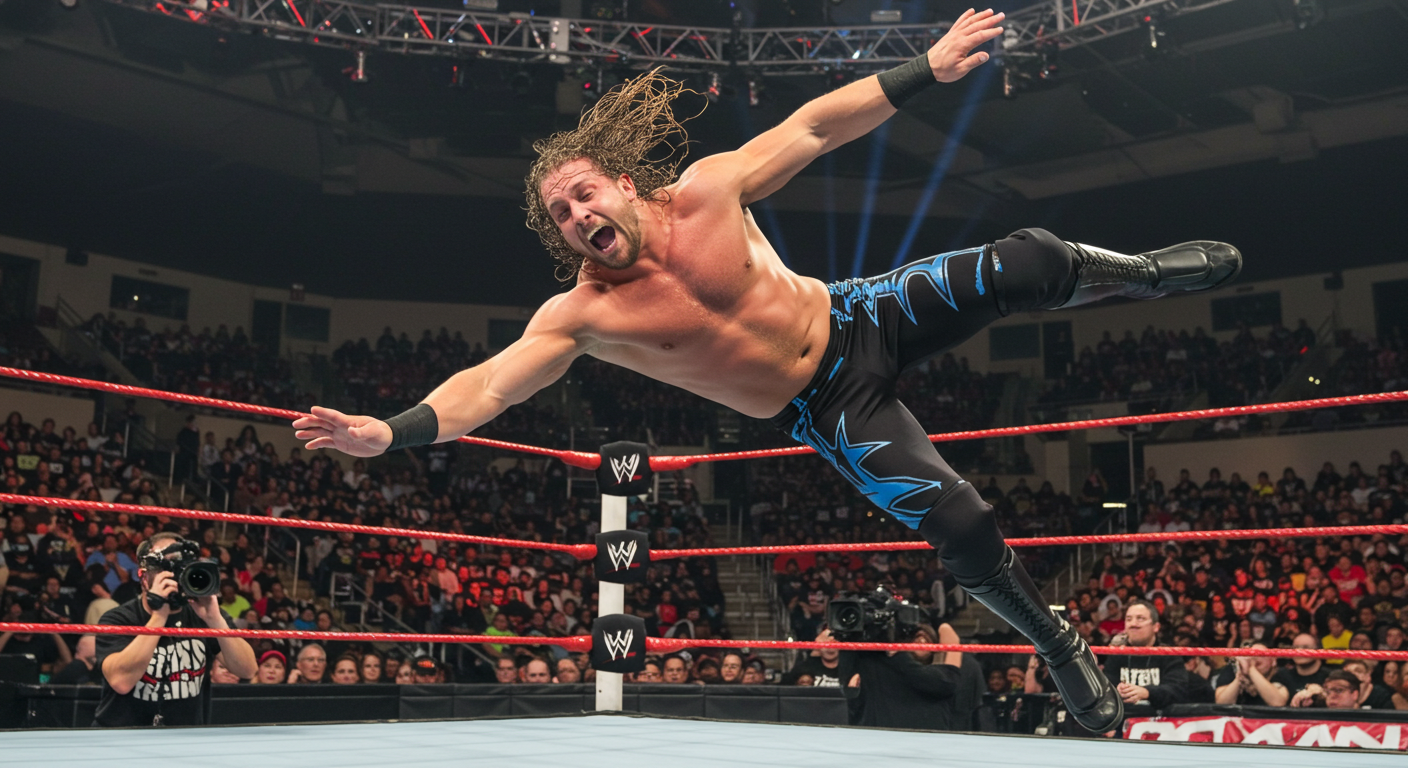
Act III: The Slammy Award-Winning Tag Team Specialist
After his main event run, Owen seamlessly transitioned into becoming one of the most decorated and reliable tag team wrestlers in the company. He had a unique ability to create chemistry with a variety of partners, further showcasing his incredible versatility.
- Partnership with Yokozuna: As a surprise partner for the massive Yokozuna, Owen captured his first WWF Tag Team Championship in 1995. The visual of the small, cocky Owen alongside the gargantuan former World Champion was a brilliant pairing that made them a formidable force.
- Camp Cornette and The British Bulldog: Owen later joined Jim Cornette’s stable and formed one of the best tag teams of the era with his other brother-in-law, “The British Bulldog” Davey Boy Smith. Their chemistry was undeniable, and they had a lengthy and successful reign as Tag Team Champions. This period also saw Owen capture his first singles title in years, the Intercontinental Championship, after “Stone Cold” Steve Austin was forced to forfeit it due to injury.
- A Collection of Gold and Slammys: Owen’s resume filled out considerably during this time. He was a two-time Intercontinental Champion, a one-time European Champion, and a four-time Tag Team Champion. He also famously won two Slammy Awards, which he would carry to the ring with immense pride, declaring himself a “Two-Time Slammy Award Winner” with the same arrogance he once used as “The King of Harts.”
Act IV: The Blackhart and a Tragic Return to the Blue
The “Montreal Screwjob” in 1997, which saw his brother Bret controversially leave the WWF, put Owen in a difficult position. As the only Hart family member remaining, he evolved his character once more.
- The Blackhart and The Nation: Adopting a darker, more serious persona, Owen became “The Blackhart” and “The Lone Hart,” eventually joining The Nation of Domination in a shocking twist. His feud against the leader of D-Generation X, Triple H, over the European Championship was a highlight of the “Attitude Era.”
- The Nugget and Return of the Blazer: After leaving The Nation, Owen’s character took a comedic turn. In a storyline where he “accidentally” injured Dan “The Beast” Severn, fellow Nation member The Godfather dubbed him a “nugget.” Owen played the part to perfection. This eventually led him to revive the Blue Blazer character, but with a twist. This Blazer was a preachy, comedic, and completely inept superhero, a parody of the straight-laced heroes of a bygone era. It was another testament to his incredible range that he could be a serious threat one year and a brilliant comedy act the next.
Tragically, it was during a stunt planned for his Blue Blazer entrance at the Over the Edge pay-per-view in May 1999 that Owen Hart fell to his death. The wrestling world was shattered.
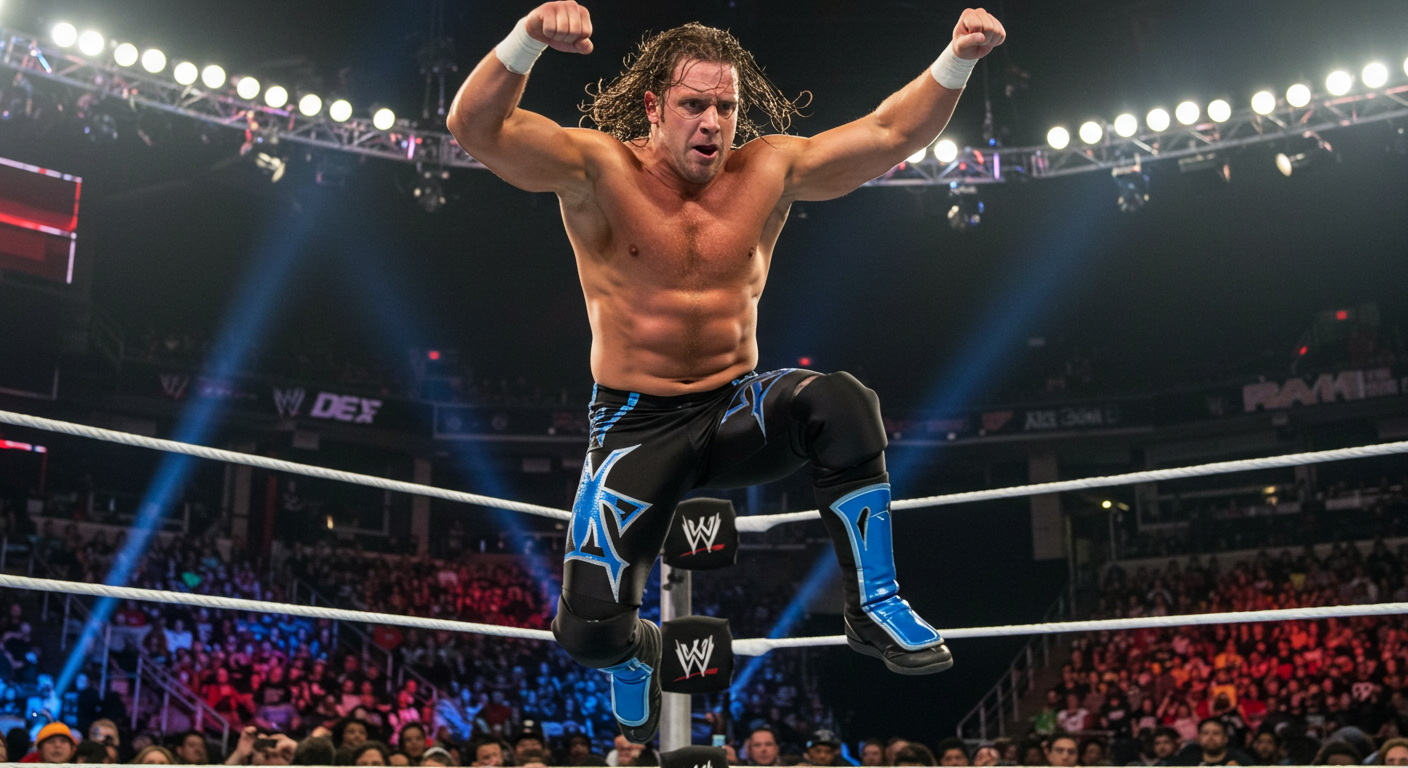
The Final Resume: A Legacy of Perfection
The resume of Owen Hart is filled with championships: King of the Ring, two Intercontinental reigns, a European Championship, and four Tag Team titles. He was a complete performer who could work any style, with any opponent, and get a great match. He was a master of psychology, a brilliant heel, and a hilarious babyface.
But his true legacy, the final entry on his resume, is the universal love and respect he commanded from his peers. He was known as a notorious prankster backstage, a dedicated family man, and one of the genuinely nicest people in a notoriously tough business. His influence can be seen in the technical, hybrid style of countless modern wrestlers who blend mat work with high-flying. His career is the ultimate “what if,” as many believe he was on the cusp of another main-event run that would have surely included a World Championship.
While his story ended far too soon, the work he left behind is a perfect, complete body of art. It is the resume of a King, a Slammy winner, a nugget, and, above all, one of the greatest pure professional wrestlers to ever grace a squared circle.

